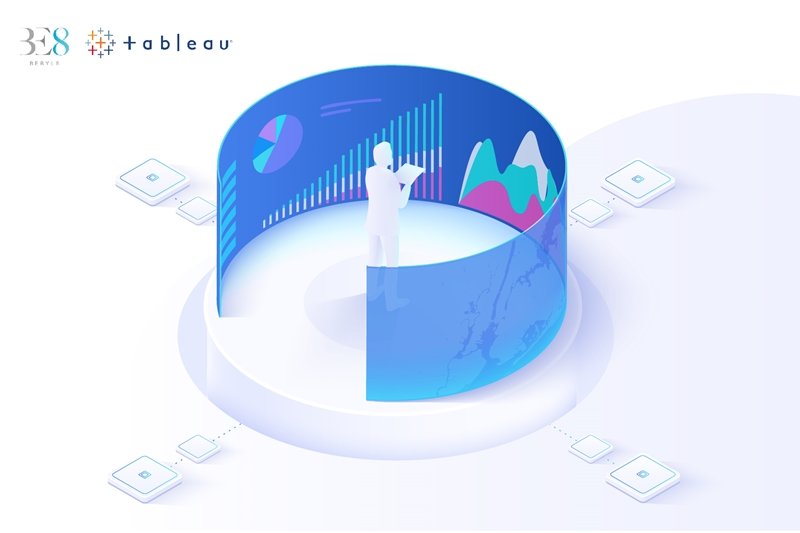What Is Vendor Sprawl?

When businesses have too many software applications across silos, it can create inefficiency. Here’s how to tighten up your operations.
The 360 view
The average enterprise company uses more than 1,000 different applications across separate departments, which are often siloed, according to MuleSoft’s 2023 Connectivity Benchmark Report. This is known as vendor sprawl. Not addressing these issues will continue to cost companies millions, resulting in greater inefficiencies.
Why does this matter to your team?
Today, more than 70% of customer interactions are digital, putting pressure on organizations to have connected user experiences. Vendor sprawl can lead to lost revenue, lost time, extra work for IT workers, and more.
Your next move
- Determine if you have too many competing applications that are causing inefficiencies.
- Run an app audit.
- Be transparent across departments and share information.
- Consolidate your spend with one or just a few vendors.
- Communicate with your sellers and review your technology stack one to two times annually.
What is vendor sprawl and why is it an issue?
Look at any business that uses technology and you’ll find most enterprises use a lot of applications. In fact, the average enterprise uses more than 1,000 applications.
What is vendor sprawl? This occurs when businesses have software application redundancies across different departments, creating inefficiencies. This can cause tech bloat, which you want to avoid in order to streamline your technology and budgets and create seamless digital experiences.
“There’s duplication of effort in many different ways,” said Charlie Isaacs, vice president and chief technical officer for customer connection at Salesforce. “And the duplication comes from everything from having to negotiate separate vendor agreements with each vendor to having to fit a square peg in a round hole when it comes to integration between vendors.”
That results in having too many applications and systems that not only don’t work together, they sometimes work against each other.
“Many of these systems are poorly connected,” Vala Afshar, Salesforce’s chief digital evangelist, recently wrote, referencing the MuleSoft report. “The same research shows the resulting data silos are a barrier to creating integrated user experiences for 90% of organizations.”
Implement vendor consolidation to save time and money
No matter the economic outlook, a company’s tech stack often demands a big budget. In fact, the average IT investment has increased to $11.7 million. But when departments operate independently and don’t communicate, systems can get replicated, creating redundancies. The key is to get people from those separate departments together to discuss what each is using, see where there’s crossover, and consolidate systems when possible.
“There is a large percentage of people that have vendor sprawl, and in some cases they don’t even know they’ve got vendor sprawl or even overlap,” Isaacs said. “They duplicate the wheel with the same product or they maybe duplicate part of the wheel with a different vendor. So how do I take action on something and who’s going to define those rules?”
This is where vendor consolidation can help companies look at everything they have spent money on and implemented across departments. According to a cross-functional team at Salesforce working on vendor consolidation, implementing it can help to:
- Reduce cost by determining which legacy apps are not being strategically used to better allocate time and resources. The money customers continue to pay to maintain and support these apps could be used for more strategic purposes.
- Improve efficiency by determining which products best support their business needs. For example, a customer might have three to four apps doing what one product can do.
- Increase productivity by reducing friction, increasing flexibility, minimizing support efforts, supporting development, and promoting a more seamless onboarding with one solution.
- Protect privacy by conducting an app inventory. Customers can improve compliance with privacy and security standards. Companies with customer data spread across a high number of apps often find it difficult to comply with government regulations — and falling out of compliance can be extremely expensive.
The responsibility for solving such a pervasive issue should not fall just to the CIO, CTO, or IT department. This should be a cross-departmental process so everyone gets on the same page. click here to contact our team



